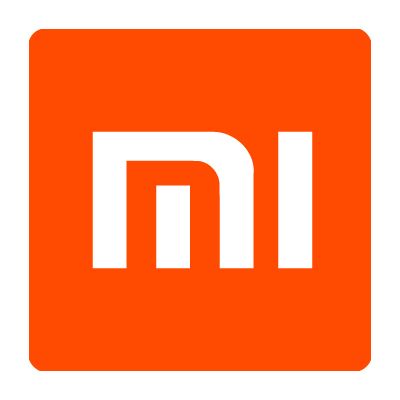Xiaomi Segmentation, Targeting and Positioning
 Xiaomi segmentation, targeting and positioning is needed to indentify the target customer segment for the company and to develop products and services that are attractive to this segment.
Xiaomi segmentation, targeting and positioning is needed to indentify the target customer segment for the company and to develop products and services that are attractive to this segment.
Segmentation involves dividing population into groups according to certain characteristics, whereas targeting implies choosing specific groups identified as a result of segmentation to sell products. Positioning refers to the selection of the marketing mix the most suitable for the target customer segment. Xiaomi uses mono-segment and imitative types of positioning.
The internet technology company uses mono-segment positioning, appealing to the needs of a single customer segment. Specifically, Xiaomi targets a customer segment that want to use smartphones and other technology products, but have limited budget to make such a purchase.
Xiaomi also uses imitative type of positioning by closely imitating the products of market leaders such as Apple and Samsung. The electronics and software company has even earned the nickname “Apple of the East” due to its close imitation of Apple products and Apple product presentation.
The following table illustrates Xiaomi segmentation, targeting and positioning:
| Type of segmentation | Segmentation criteria | Xiaomi target customer segment
|
|
Geographic |
Region | 70 countries and regions globally |
| Density | Urban and rural | |
|
Demographic |
Age | 18 – 65 |
| Gender | Males & Females | |
| Life-cycle stage | Bachelor Stage young, single people not living at home
Newly Married Couples young, no children Full Nest I youngest child under six Full Nest II youngest child six or over Full Nest III older married couples with dependent children Empty Nest I older married couples, no children living with them Empty Nest II older married couples, retired, no children living at home Solitary Survivor I in labour force Solitary Survivor II retired |
|
| Occupation | Students, employees, professionals | |
| Behavioural | Degree of loyalty | ‘Hard core loyals’ ‘Soft core loyals’ ‘Switchers’ |
| Benefits sought | Cost attractiveness | |
| Personality | Easygoing, determined and ambitious personality types | |
| User status | non-users, potential users, first-time users and regular users | |
| Psychographic | Social class | Lower class, working class and middle class |
| Lifestyle[1] | Struggler, Mainstreamer, Aspirer, Explorer
|
Xiaomi segmentation, targeting and positioning
Xiaomi Inc. Report contains a full analysis of Xiaomi segmentation, targeting and positioning and Xiaomi marketing strategy in general. The report illustrates the application of the major analytical strategic frameworks in business studies such as SWOT, PESTEL, Porter’s Five Forces, Value Chain analysis, Ansoff Matrix and McKinsey 7S Model on Xiaomi. Moreover, the report contains analyses of Xiaomi leadership, organizational structure and organizational culture. The report also comprises discussions of Xiaomi business strategy, ecosystem and addresses issues of corporate social responsibility.
[1]According to Cross Cultural Consumer Characterization by Young & Rubican

